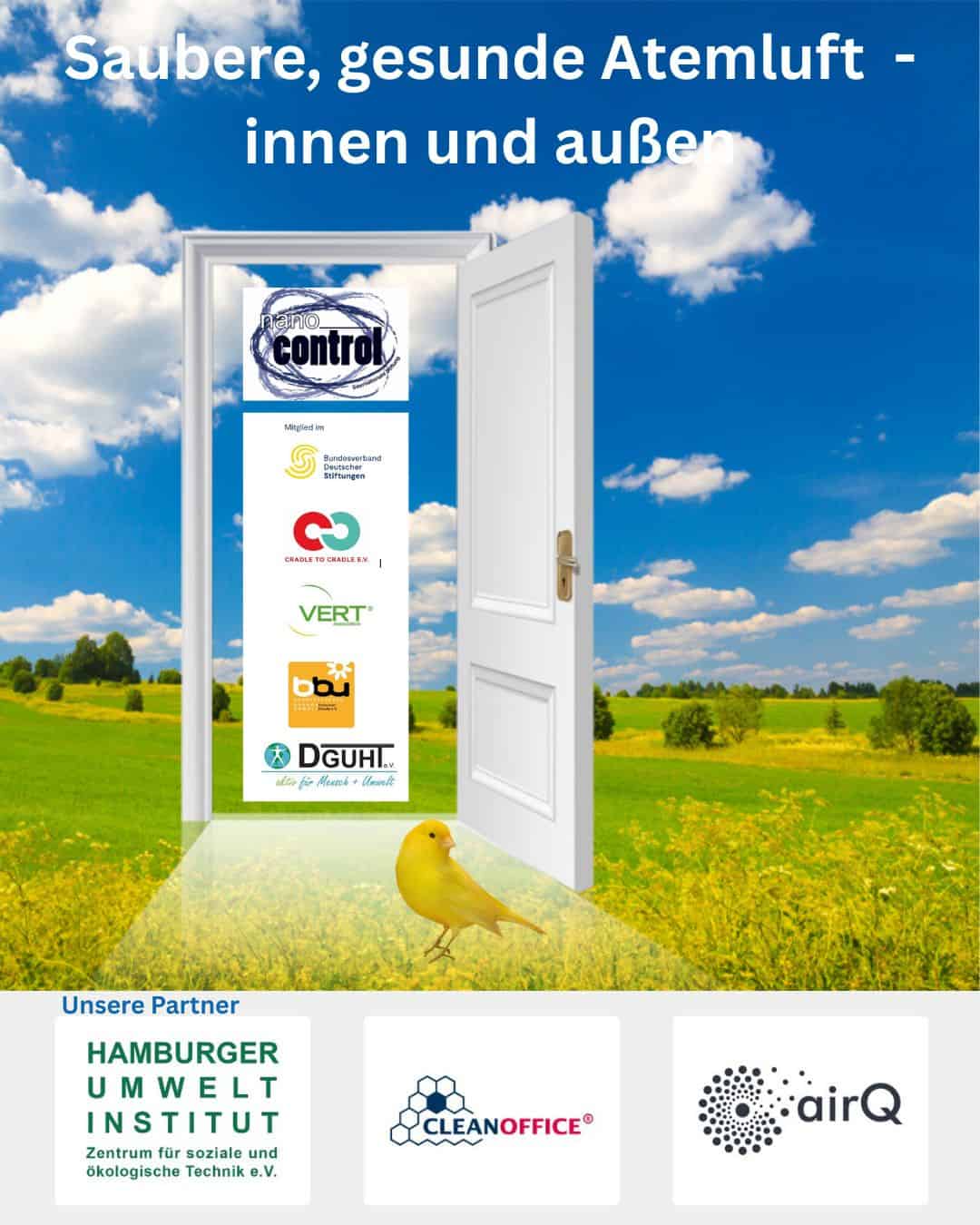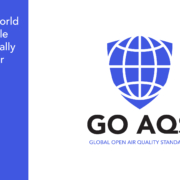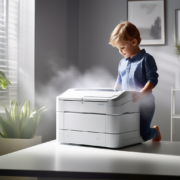The air we breathe indoors can be far more polluted than the air outside, yet it’s an issue that often goes unnoticed. The nano-Control, International Foundation and the Global Open Air Quality Standards (GO AQS) initiative are stepping up to address this critical challenge by announcing a new collaboration focused on the health risks posed […]
Beiträge
Elephant in the room – ultrafine particles and anthropogenic organic aerosols
Origin, effect and health relevance – focus on laser printer emissions
Aerosols – definition and origin in the air we breathe
Aerosols: complex mixtures of solid and/or liquid particles, finely dispersed in a gas – typically air
Formation in the ambient air – indoors and outdoors: both through natural processes (e.g. volcanic eruptions, pollen count, sea spray) and human activities such as industry, transport, laser printing, 3D printing and household processes.
Per- and Polyfluoroalkyl Substances (PFAS) as Additives in Toner and therefore very likely also Part of Laser Printing Devices Emissions
The non-profit organisation nano-Control, International Foundation calls for mandatory rules for the installation and operation of ubiquitous toner-based printing systems like ‘laser printers and copiers’ to sustainably improve indoor air quality. The ban on inhalable PFAS in indoor environment is necessary.
Indoor Air is Essential for Health:
Reliable, Clean Air to Breathe
The non-profit nano-Control International Foundation advocates for strict regulations on indoor air quality and stricter control over the installation and operation of toner-based devices, such as laser printers and copiers. Achieving high standards in indoor air quality is essential to protect public health and minimize exposure to harmful pollutants.
Reliable, Clean Air to Breathe
Indoor air quality (IAQ): Safe areas with clean, healthy breathing air that we can trust! – An overview
The non-profit foundation nano-Control, International Foundation calls for mandatory rules for the operation of toner-based printing systems „laser printers“ to sustainably improve indoor air quality.
The human right to breathe clean air also applies to the air we breathe indoors.
„Briefing Air quality in Europe 2021 Air pollution is the single largest environmental health risk in Europe and has significant impacts on the health of the European population, particularly in urban areas.“ Source: European Environment Agency (EEA)
The voluntary nano-Control, International Foundation and its previous organization, the ITG citizens‘ initiative, have been working for almost 30 years on a vital issue: protecting the air we breathe indoors, because we need clean, healthy air to breathe. Breathing is living.
Weiterlesen
Atmen heißt Leben! - Innen und außen

Postadresse
nano-Control, Internationale Stiftung, Zum Hägerdorn 13, D-27318 Hoya

 Go AQS
Go AQS nano-Control
nano-Control nano-control - Playground KI
nano-control - Playground KI